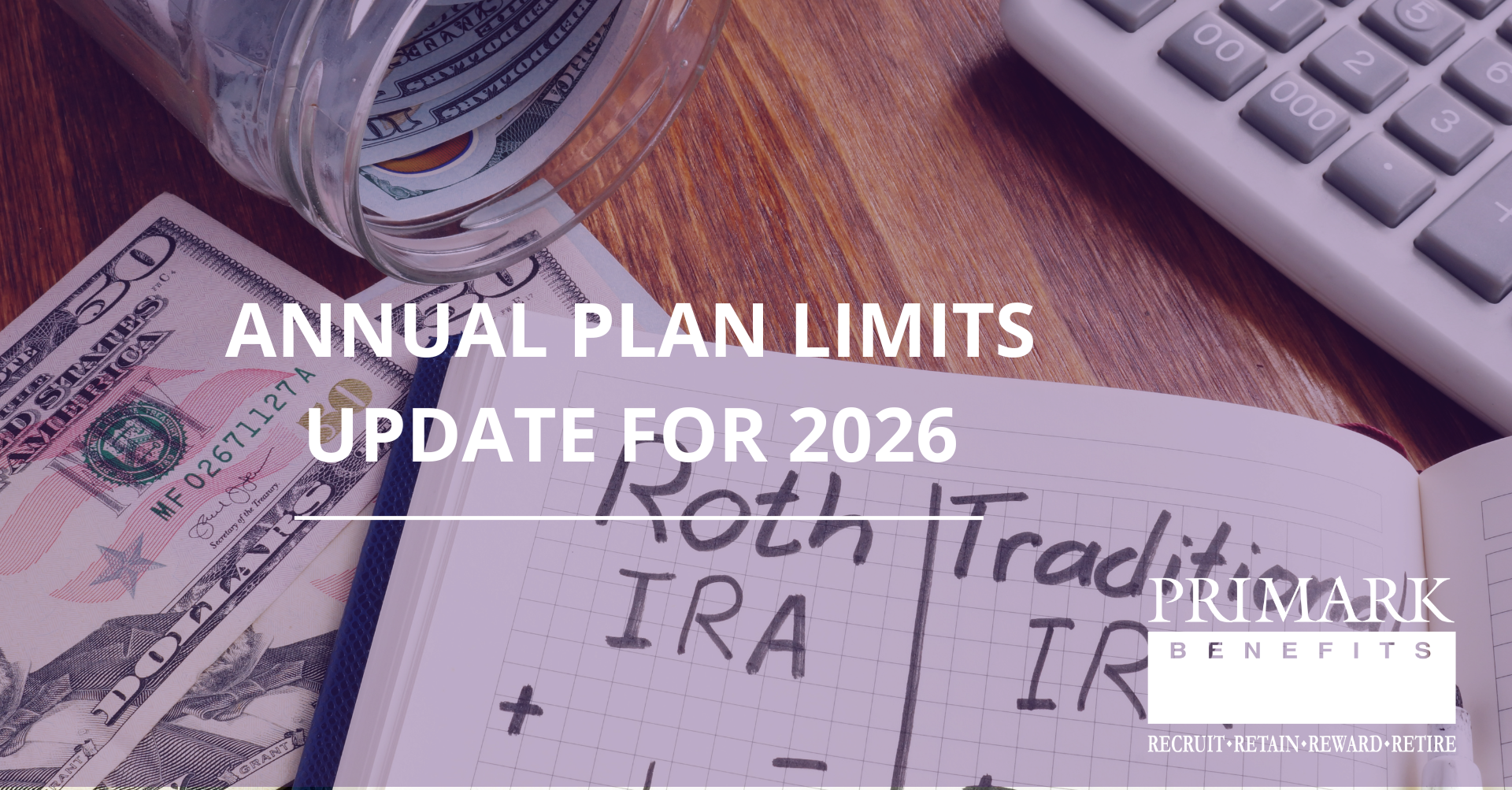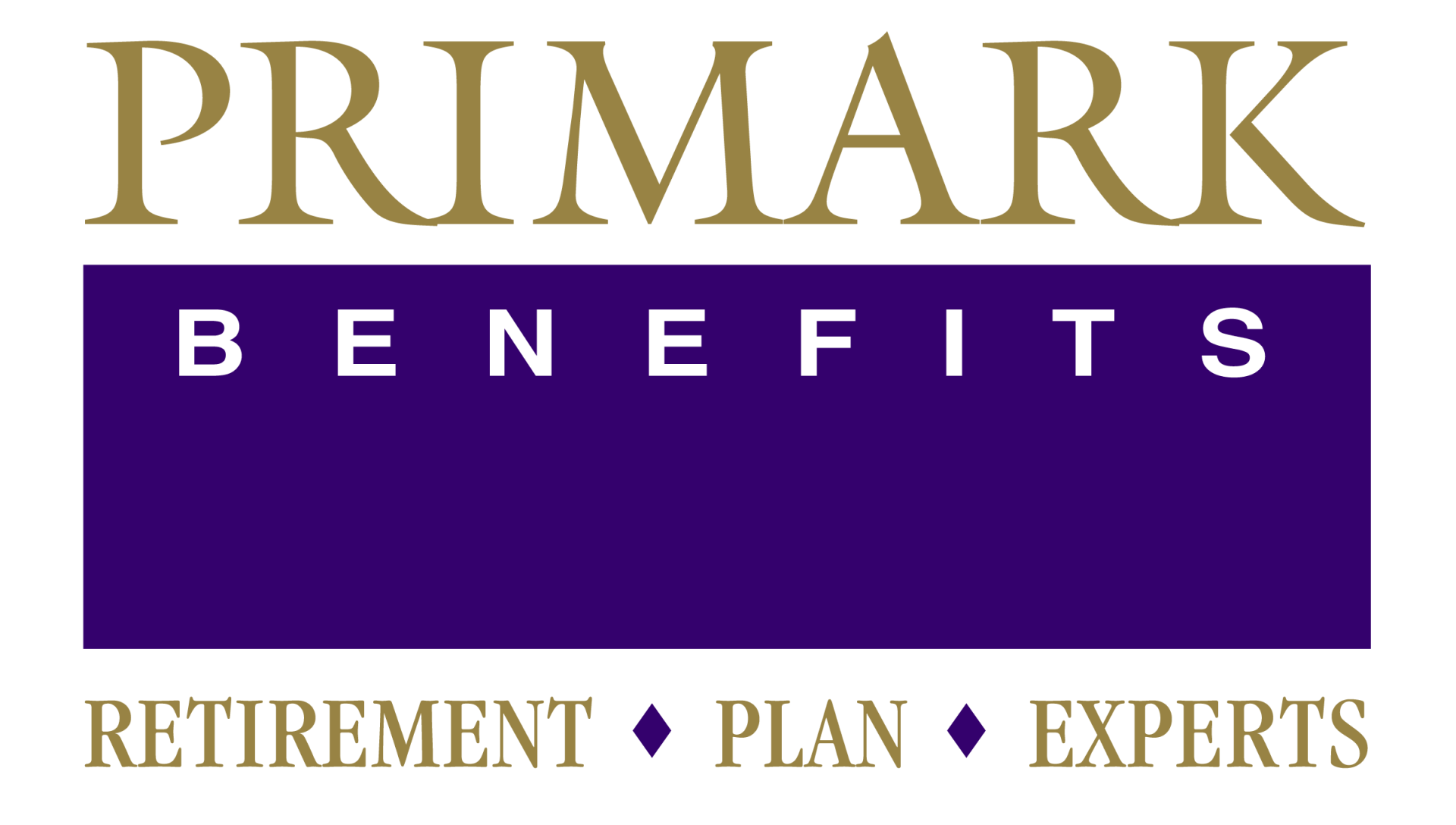5 Common Retirement Plan Errors and Tips to Fix
Mistakes happen–Here’s how to correct common 401(k) plan errors.

Navigating the intricate rules and regulations that govern employer-sponsored retirement plans may seem overwhelming at times. Even the most diligent plan sponsors encounter retirement plan errors. In fact, it’s not unusual to discover a plan failure or error, especially after the 401(k) plan testing season is over.
The costly impact of retirement plan errors
Plan sponsor compliance errors can be costly. The Employee Benefits Security Administration (EBSA) restored over $1.4 billion
to employee benefit plans, participants, and beneficiaries in FY 2023.[1] A majority of the investigations resulted from self-reported administrative errors and oversights made by unknowing plan sponsors. It can be stressful to discover retirement plan errors or failures. The good news is that plan sponsors can fix many mistakes themselves, often without fines or penalties.
This guide includes some of the most common retirement plan errors, their remedies, and valuable resources to help 401(k) plan sponsors manage their responsibilities effectively.
Avoid and address costly mistakes
Plan sponsor responsibilities include ensuring the retirement plan complies with regulatory requirements related to the plan’s design and administration. Noncompliance can lead to personal liability, tax penalties, or even disqualification, which means that the plan could lose its tax-deferred status.
Most retirement plan errors are caused by operational or administrative oversight. Fortunately, the IRS and Department of Labor (DOL), the agencies that govern employer-sponsored retirement plans, offer several ways for plan sponsors to self-correct retirement plan errors. A good place to start is the IRS’ 401(k) Plan Fix-It Guide that provides tips on finding, fixing, and avoiding the 12 common mistakes.
Five common 401(k) errors and remedies
Below are five common plan sponsor compliance errors and remedies covered in the guide:
Error: Not updating the plan every few years to reflect changes in the law.
Remedy: Adopt plan amendments for missed law changes. Plan sponsors who miss plan amendment adoption deadlines can use the IRS correction program.
Error: Failing to operate the plan according to the plan document.
Remedy: Apply a correction that puts affected participants in the same position they would have been had the operational oversight not occurred.
Error: Not using the plan’s definition of compensation correctly for all deferrals and allocations.
Remedy: Make corrective contributions, reallocations, or distributions.
Error: 401(k) plan testing failures (ADP and ACP nondiscrimination tests).
Remedy: Make qualified nonelective contributions for non-highly compensated employees.
Error: Employer matching contributions weren’t made to all appropriate employees.
Remedy: Apply a correction that puts employees in the same position they would have been in if matching contributions had been made to all eligible employees according to the plan’s terms
This handy 401(k) plan checklist from the IRS can help remind plan sponsors of their fiduciary responsibilities and keep their plan in compliance. Keep in mind that this list should only serve as a guide—it isn’t a substitute for a complete plan review.
How to correct retirement plan errors
Plan sponsors can fix retirement plan errors using the IRS Employer Plans Compliance Resolution System (EPCRS). There are three ways to fix mistakes under EPCRS:
Self-Correction Program (SCP)
Plan sponsors can correct certain plan mistakes without notifying the IRS or paying fees.
Voluntary Correction Program (VCP)
Any time before an audit, a plan sponsor may pay a fee and secure IRS approval to fix retirement plan errors.
Audit Closing Agreement Program (Audit CAP)
Plan sponsors can pay a fine and correct mistakes during a plan audit.
New rules under SECURE 2.0
SECURE 2.0 introduced some new rules pertaining to retirement plan errors associated with overpayments to participants or beneficiaries. The law also contains enhancements to the retirement plan error self-correction program under the IRS’s Employee Plans Compliance Resolution System (EPCRS). These provisions went into effect when the law was passed in December of 2022.
Prompt resolution and assistance
Addressing plan errors promptly is critical to fulfilling plan sponsor responsibilities and ensuring that participants’ retirement savings stay on track. By following best practices and taking advantage of available retirement plan error resolution resources, plan sponsors can navigate their operational and administrative responsibilities, avoid costly plan compliance errors, and help improve retirement security for participants.
Review your 401(k) plan regularly to spot errors and avoid costly remedies. We can help you identify and fix retirement plan mistakes while implementing strategies that aim to avoid them in the future.




